Descriptions
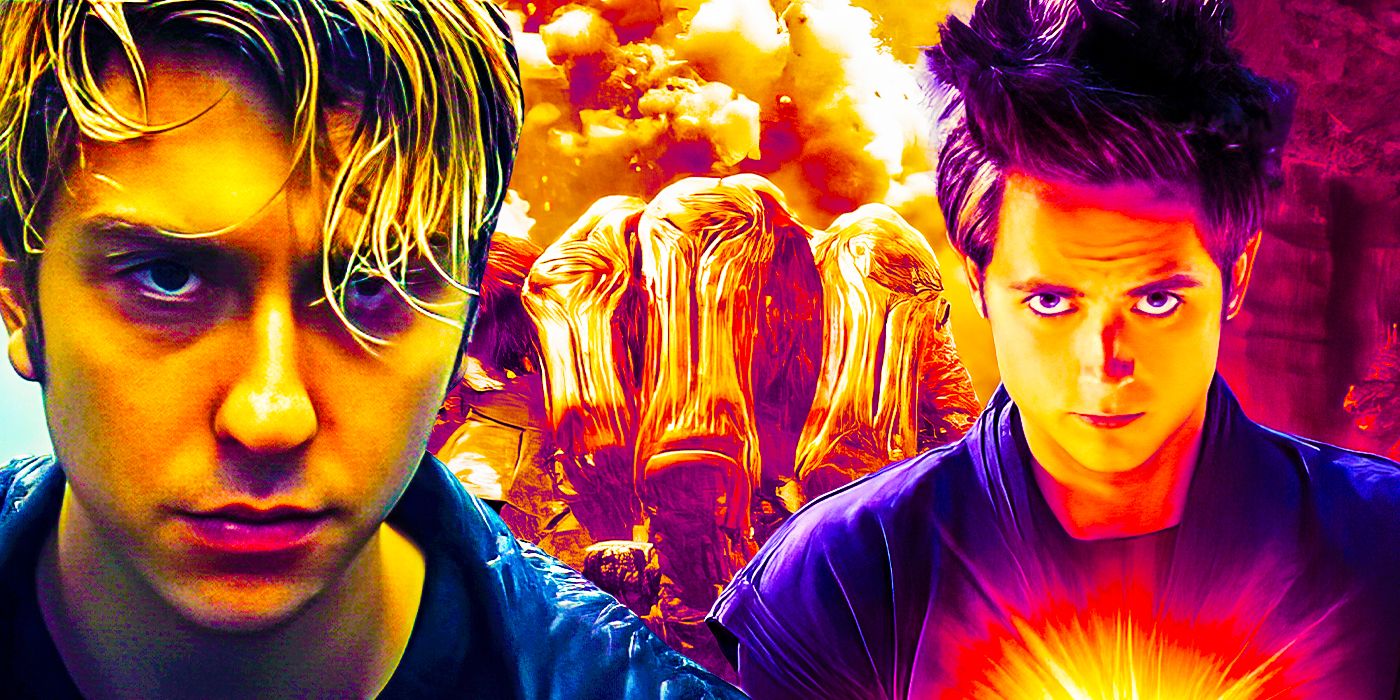
Summary
- Live-action adaptations of anime often change the source material, altering important elements and character motivations, which can lead to a disconnect for fans.
- Humor in anime does not always translate well into live-action.
- The action scenes in anime, with their supernatural powers and epic battles, are difficult to recreate in live-action, often resulting in subpar fight sequences that don't capture the essence of the original.
As anime becomes more popular globally, media giants like Netflix are trying to get in on the action with original series and live-action content, but there are fatal flaws that keep appearing for live-action adaptations. Anime shows cover a wide variety of genres and subgenres which makes it challenging to nail down exactly what sets anime apart from other forms of animation. Still, the importance and success of major manga and anime IPs is often not properly translated into live-action
Anime tends to be created and aimed at more mature audiences and thus focuses on more adult themes while other animated shows tend to be created for children. These differences and several others contribute to why anime shows are difficult to adapt to live-action. Netflix's One Piece season 2 renewal confirms that Eiichiro Oda's iconic manga is now among the few properties that received a good live-action adaptation. However, One Piece is so far the exception rather than the rule.
8 Live-Action Adaptations Often Change The Source Material
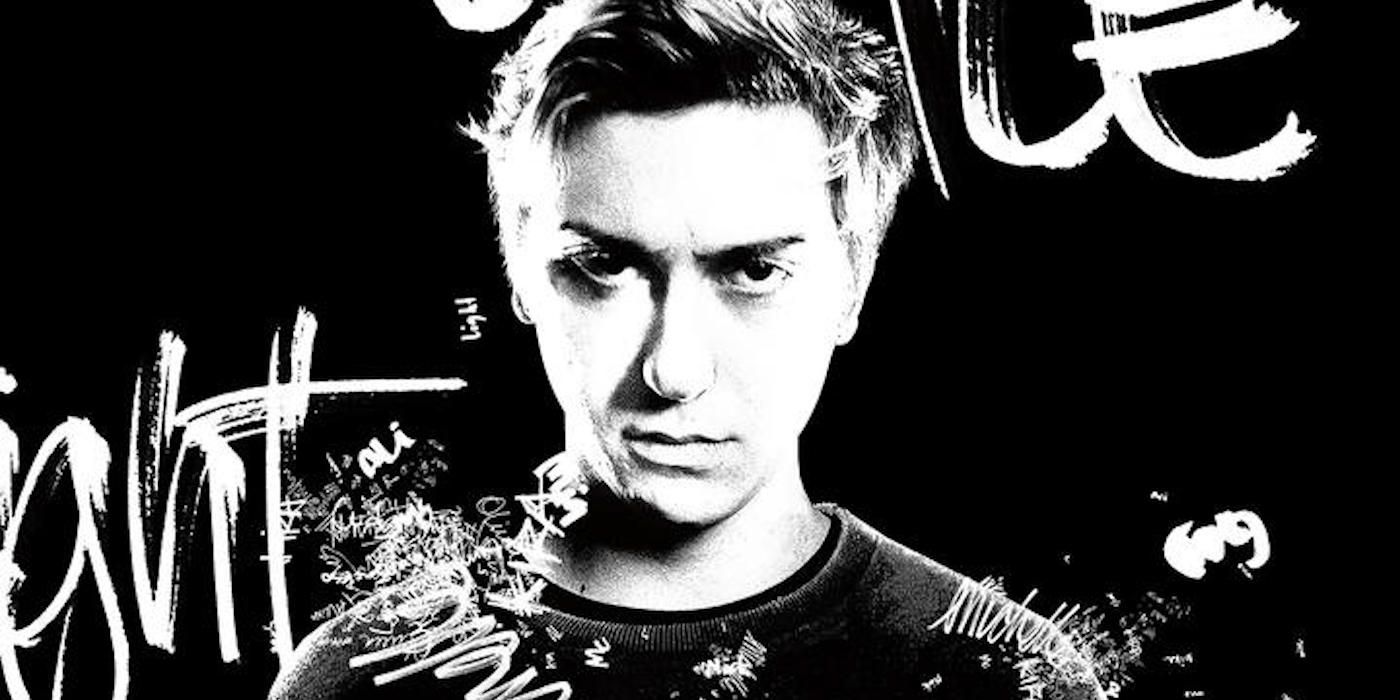
Adaptations are always going to contain some differences. No matter how faithfully an adaptation tries to be, by its very nature, it's a change from the original. The issue with the worst live-action anime adaptations however is that it often alters the source material in important and meaningful ways. Whether it's changing the character of someone like Light Yagami from a popular, social, and brilliantly intelligent young man to Light Turner who is similarly brilliant, but much more isolated and angry due to the loss of his mother and her killer having escaped a free man. This change meant that the motivations behind Light's actions and his character were completely different.
7 Anime Humor Translates Badly Into Live-Action
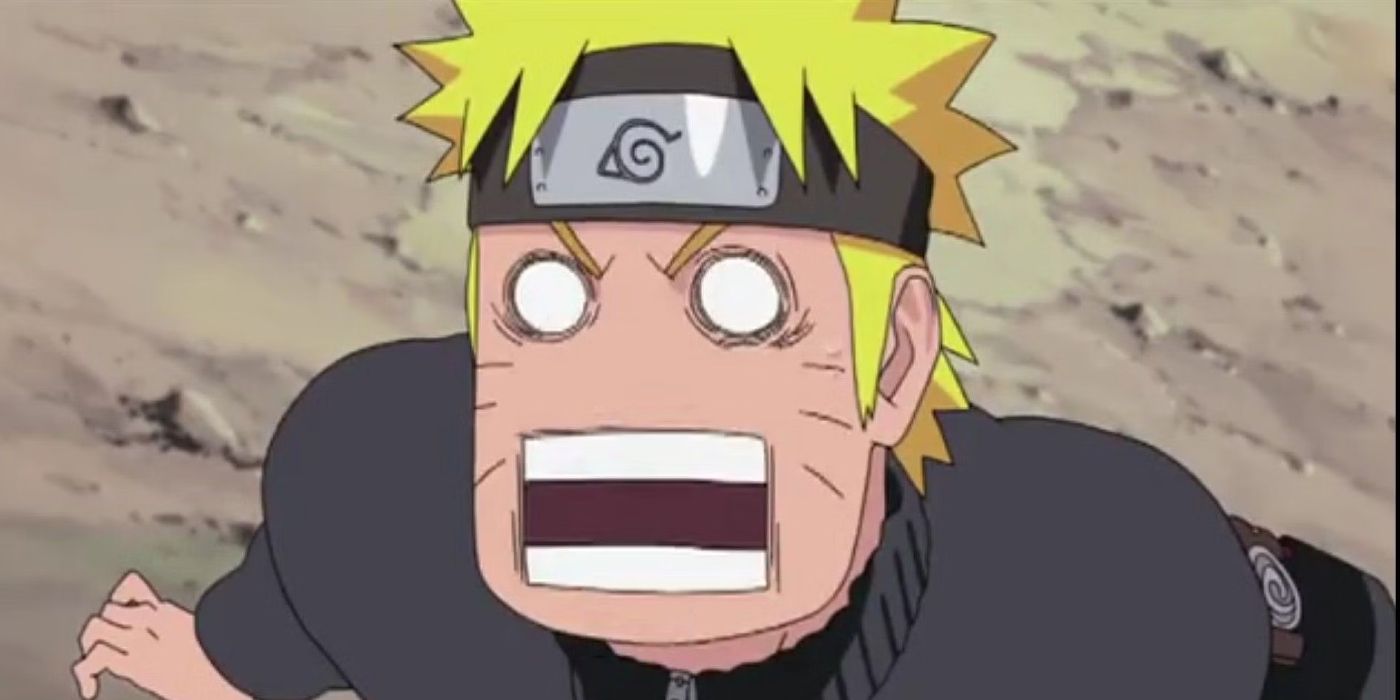
Humor in anime is very visual, often characterized by exaggerated expressions, visual gags, and extremely fast motions. For example, Avatar the Last Airbender, whose anime status is debatable but whose anime influences are clear, is full of comical moments as the young characters interact with each other. Some of the jokes are shown with animated characters being punched so hard they fly through the air, or landing in a large fruit stand and crushed beneath the weight of dozens of watermelons, or many of Sokka's funny expressions and attempts to show off and impress others.
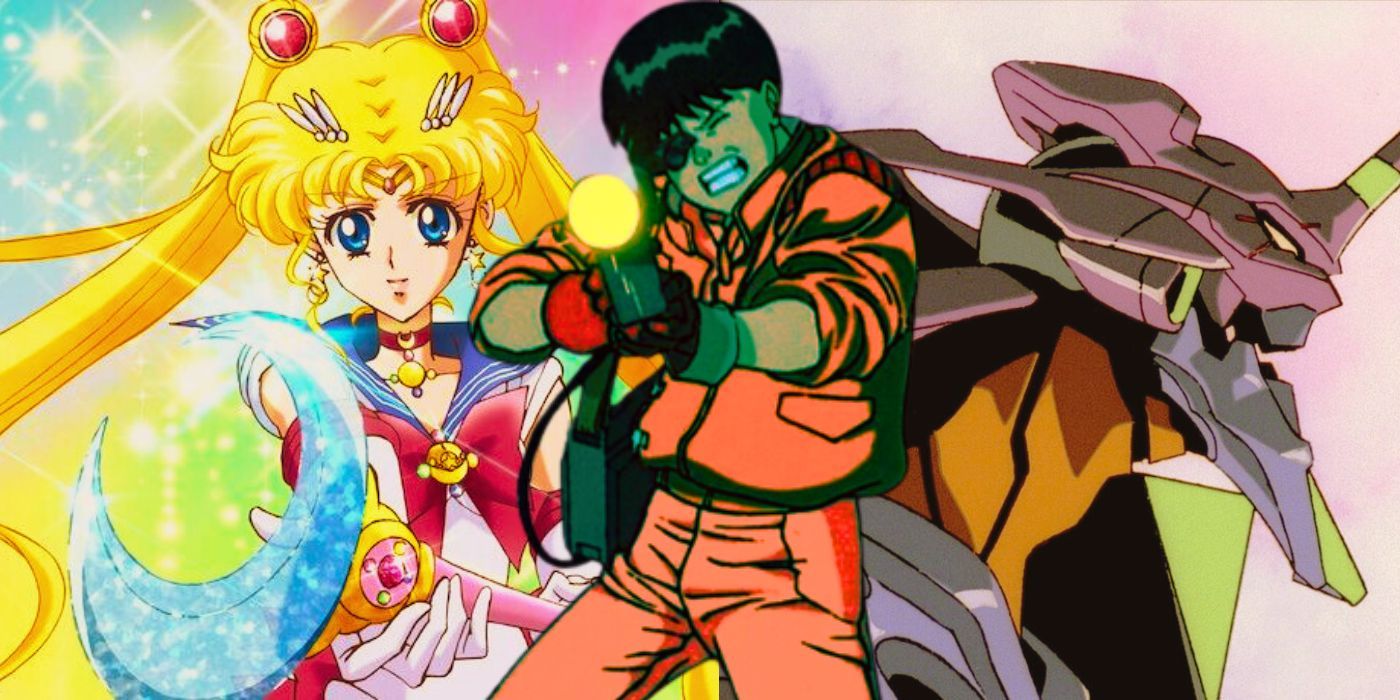
10 Planned Live-Action Anime Adaptations That Never Happened
From cyberpunk classics to iconic shounen anime, these anime movies and shows have gone through amusing but failed attempts at going to Hollywood.In 2010's The Last Airbender, many of these small gags were lost because the visuals come off as jarring, or if the cartoon violence was translated on screen, being crushed under a fruit stand or knocked back would appear too brutal. Comedy in anime can much more broadly deliver jokes across the visual medium and through the character's playfulness. Live-action requires a softer touch for light comedy, or going all in on the humor and creating a comedy film, it's challenging to be both to the same level that anime pulls off.
6 Live-Action Adaptations Don't Do Action Like Anime
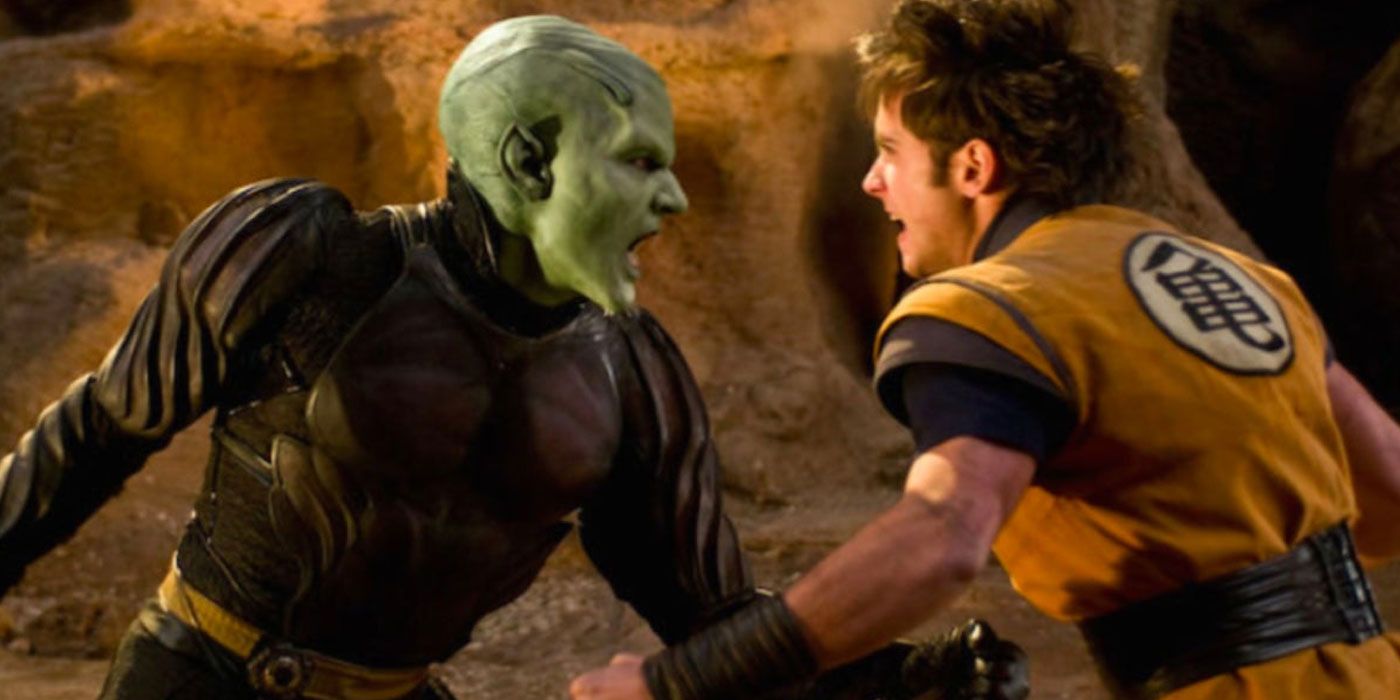
Another aspect that is difficult to translate from anime to live-action is the action scenes. Anime action happens on the ground, and in the air, often including incredible powers or levels of strength far exceeding normal human levels. In 2009, Dragonball: Evolution ruined the anime by completely failing to recreate Goku and alien villains like Piccolo in live-action, and the fighting scenes did not resonate as anything close to what appeared in the original anime. Characters fly on clouds, shoot beams of pure power from their hands, and transform into more powerful versions of themselves with glowing hair. As corny as it may sound in a realistic project, it works for the anime and makes the fights visually engaging and exciting.
5 Live-Action Adaptations Must Please Both New Viewers & Existing Fans
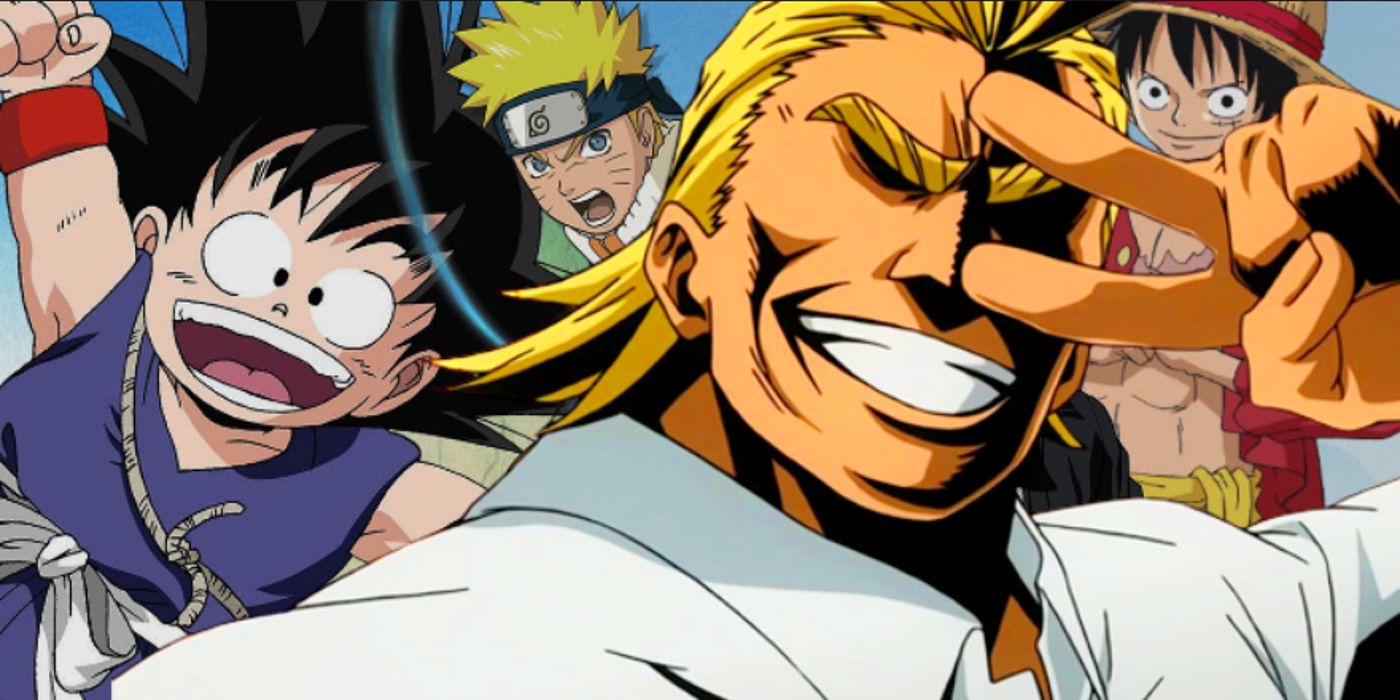
From the outset, live-action adaptations face the same challenge as any other reboot or remake, they need to invite new viewers, while not alienating the loyal fanbase. Many of these series have been going on for years and contain hundreds, sometimes thousands of episodes. They have a dedicated following that either grew up with the original material or have a deep connection to it, and making sure that what appears on screen doesn't feel too different is important. Simultaneously, these shows need to be simple enough for a brand-new viewer to understand without doing hours of homework watching the original series.
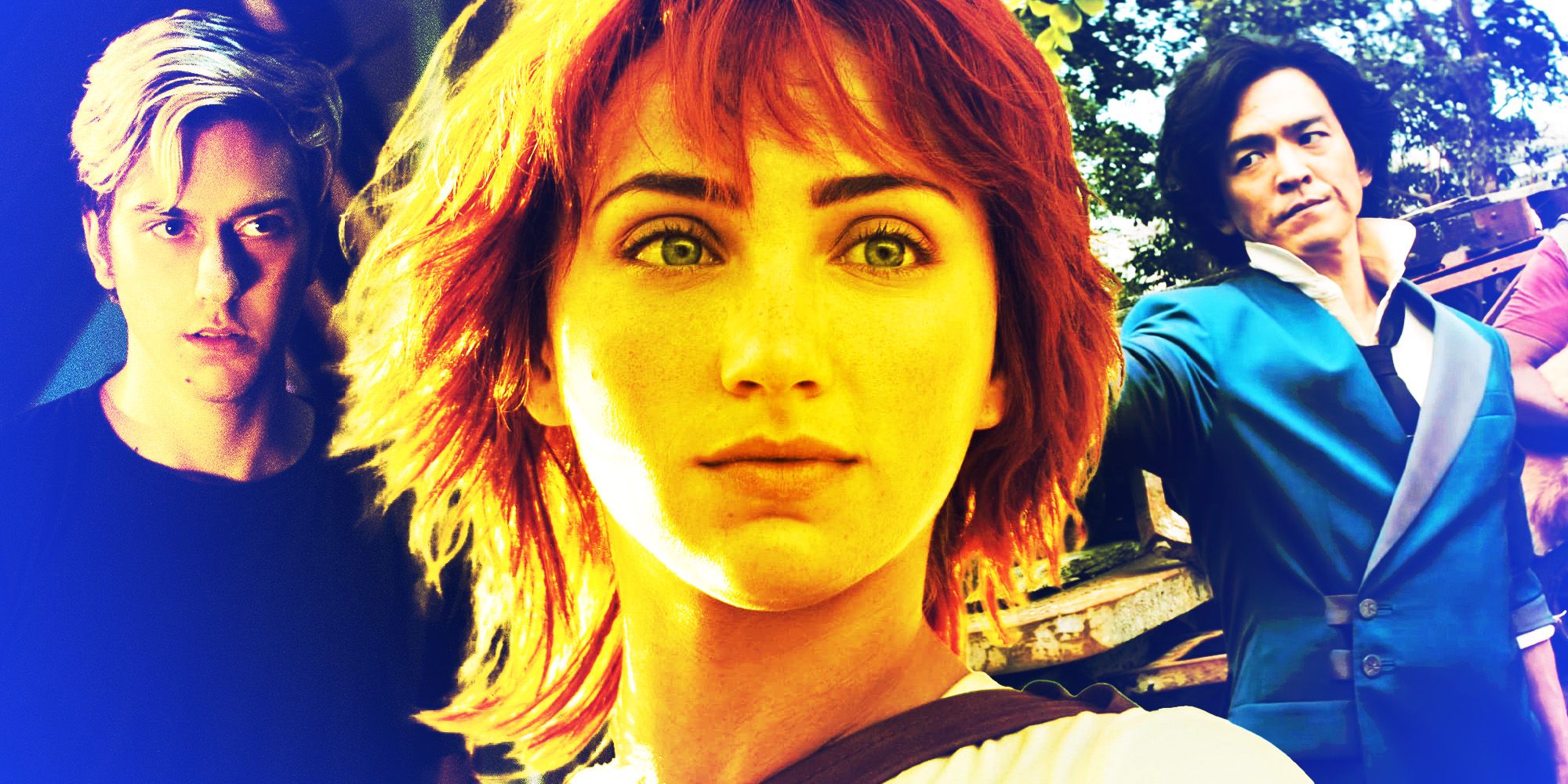
All 14 Netflix Live-Action Anime Adaptations, Ranked Worst To Best (Including One Piece)
Netflix created a nearly perfect live-action anime adaptation with One Piece, and its history of failures and successes proves this was no easy task.With other reboots, they often attempt to adapt and reimagine a story that may have been told in a film or a couple of movies, but anime shows are different. Including important elements from a story that spans 60 hours is far more difficult than doing the same with a nine-hour story. Making the adaptation feel part of the original franchise while also being new and engaging is just an incredibly difficult balance to hit correctly.
4 Hollywood's Whitewashing Problem Can Ruin Live-Action Anime
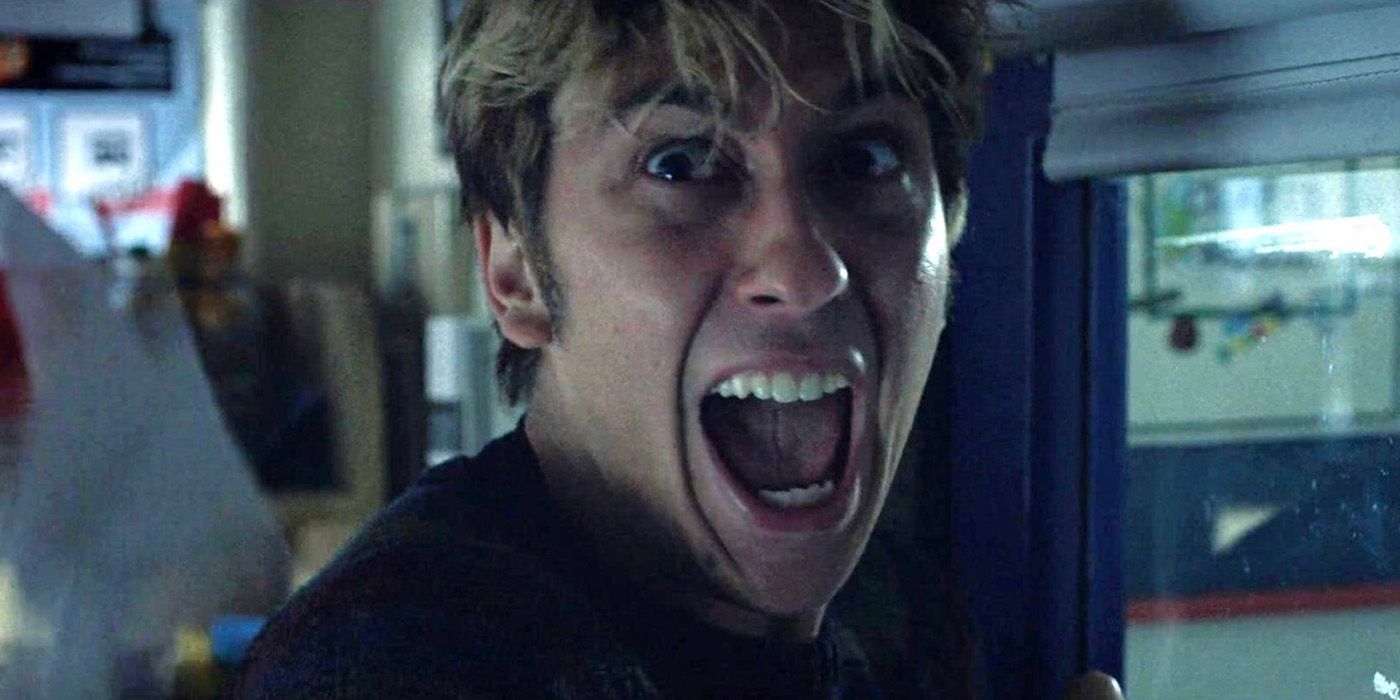
The majority of anime was created, produced, and released in Japan and other Asian countries. The characters speak their native tongue and espouse the cultural values commonly associated with their countries of origin. When adaptations cast exclusively or majority white actors and even go so far as to change the names to reflect more typical Western names (see Light Yagami turned to Light Turner), it alienates the audience that gave it life in the first place. The culture and the themes can easily disappear when such important elements of the identity of a show are removed, and Hollywood adaptations have several examples of whitewashing.
3 Anime Allows Characters To Overact Naturally

The visual medium of anime and the use of animated characters as drawn or created digitally allows for the opportunity to give characters exaggerated expressions and ranges of motion that don't come naturally to real people. From ginormous toothy grins that take up half a character's face, to eyes being wildly different sizes to display anger or a mouth dropping below the normal range of a character's face to express confusion or astonishment, animated characters express themselves differently. Trying to reenact these expressions in real life tends to make for odd faces that rarely convey the same emotion.
2 Live-Action Movies Often Don't Have The Budget For A Faithful Adaption
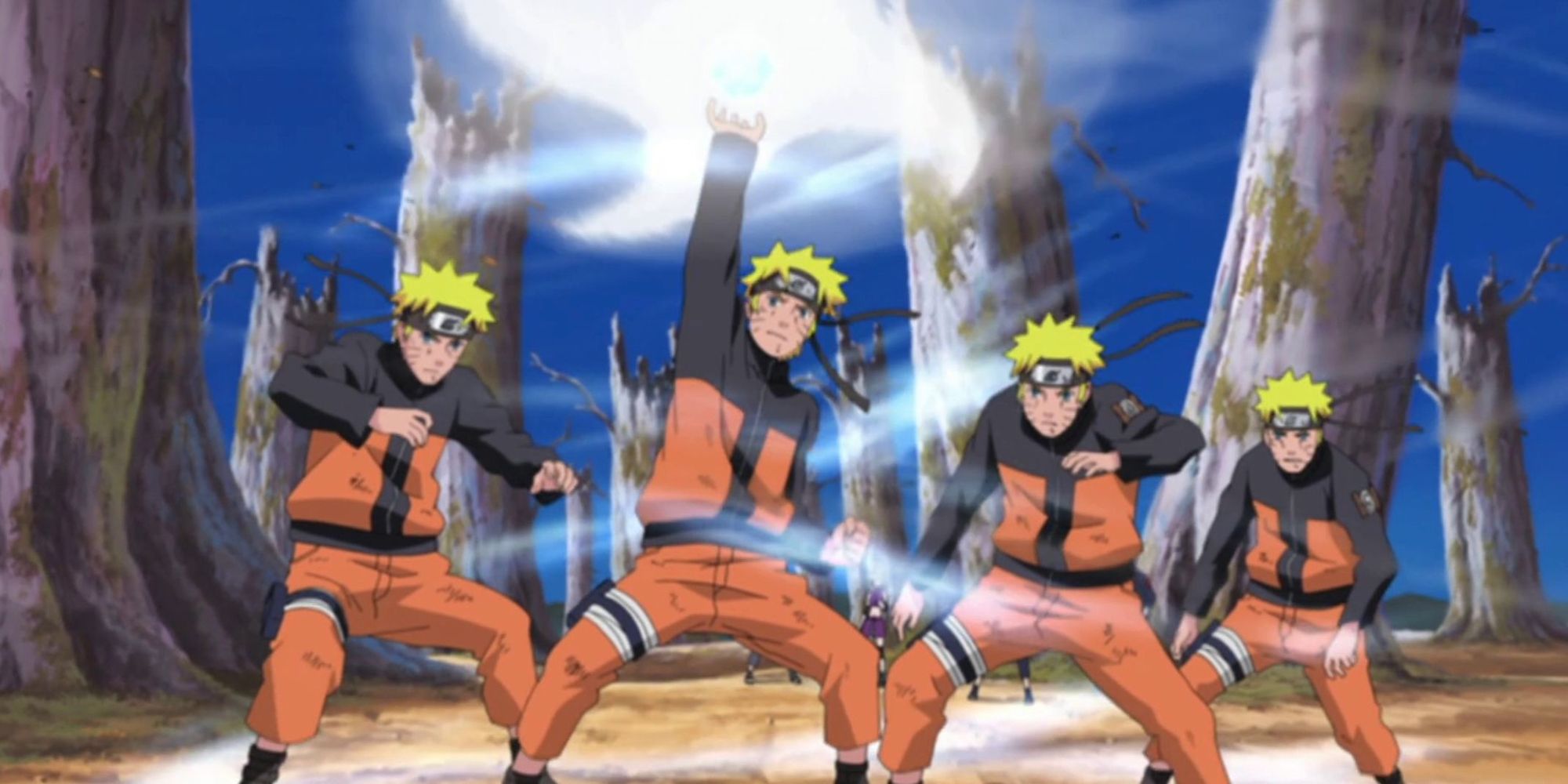
Animated series require a very different team and crew to create and deliver live-action films and shows, as such the budgets tend to be very different as well. Many modern live-action adaptations for anime shows have received decent budgets in terms of creating a Hollywood film, but when trying to deliver the same high-intensity and action-packed scenes as their source, the budgets don't stretch that far. Recently, the release of shows like Netflix's adaptation of One Piece was made on a budget of roughly $17 million per episode (via Cosmopolitan). Compared to Death Note which had a budget of $50 million and Dragonball: Evolution which was made with a budget of $30 million according to IMDB, One Piece had considerably more funding to create the nine-part series.
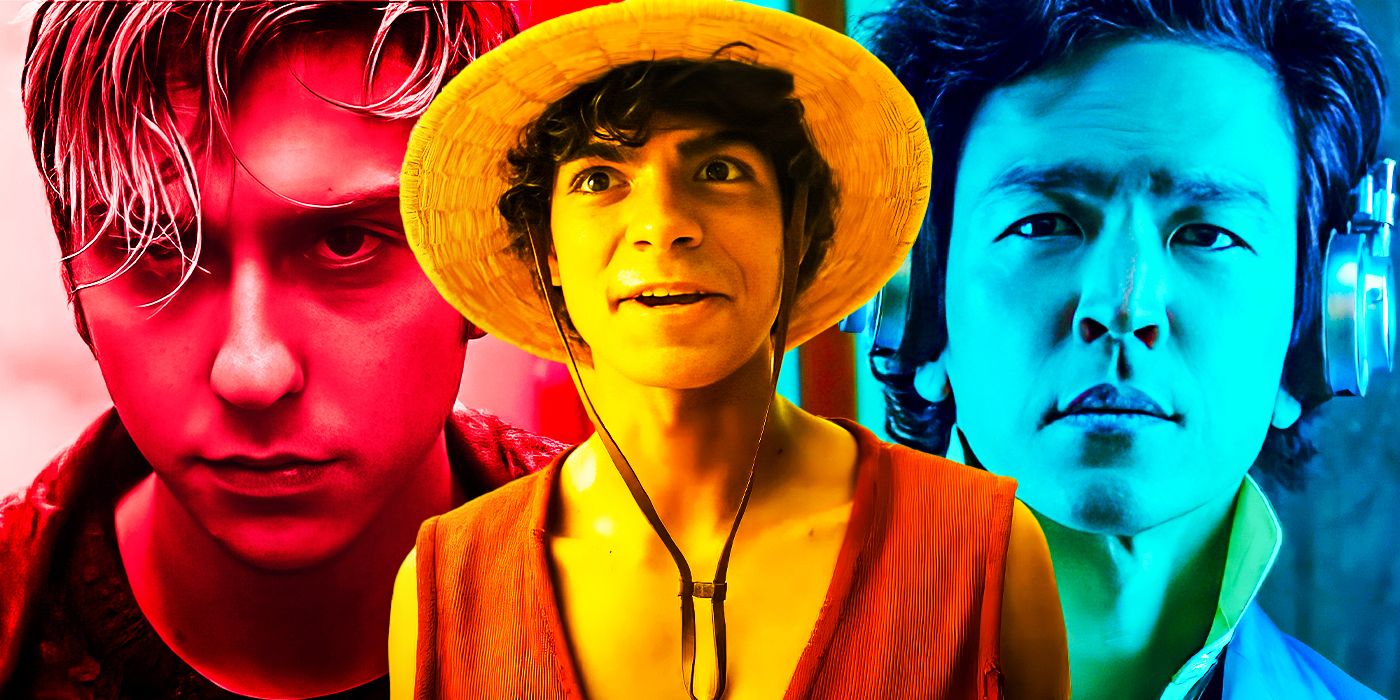
10 Reasons One Piece Is So Much Better Than Netflix's Other Live-Action Anime Adaptations
One Piece season 1 is much better than Netflix’s previous anime adaptations, and it sets a new standard for adaptations of popular manga or anime.Even budgets of tens of millions can quickly be used up when commissioning costume designers to make extravagant outfits, paying for special effects editing, and creating huge magical sets, among other elements. To faithfully adapt an anime show, the live-action adaptation will need all of these things and potentially several episodes or series. Few studios are willing to spend that much when the history of anime adaptations remains hit or miss.
1 Some Live-Action Adaptations Completely Miss The Point Of The Original
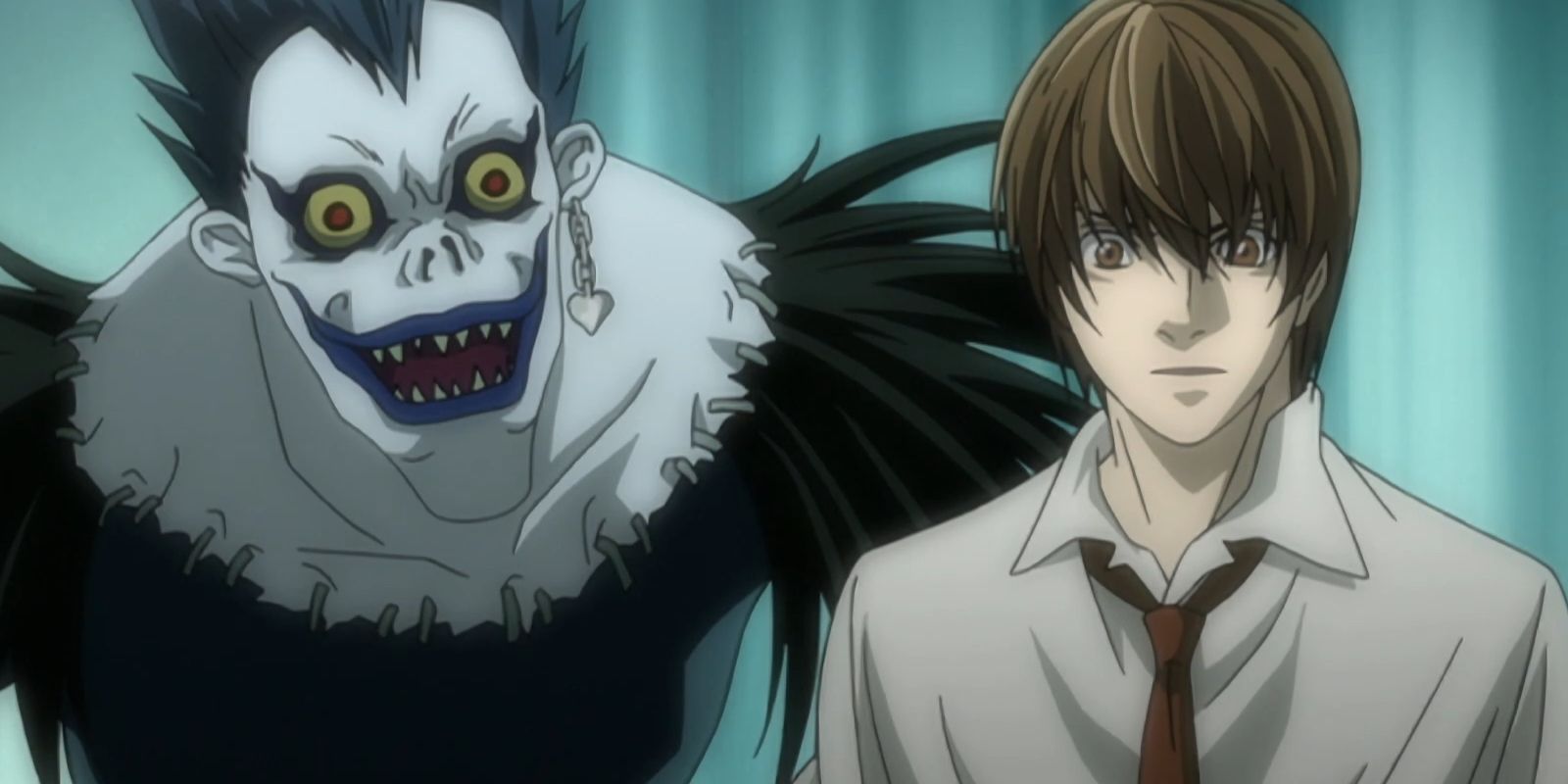
Many anime shows contain important themes that resemble moral fairytales trying to educate the audience and highlight important questions. Perseverance, hard work, what it means to be good, or just, or strong, all of these themes are considered in anime shows. In adaptations for Western media, the focus shifts from moral lessons to entertainment, action, and humor. Those things aren't necessarily bad, but when the core of a show is removed, the adaptation can feel hollow and empty. Anime shows are layered and meaningful, removing these elements to simplify means the adaptation largely misses the point.
Source: Cosmopolitan
Add a review